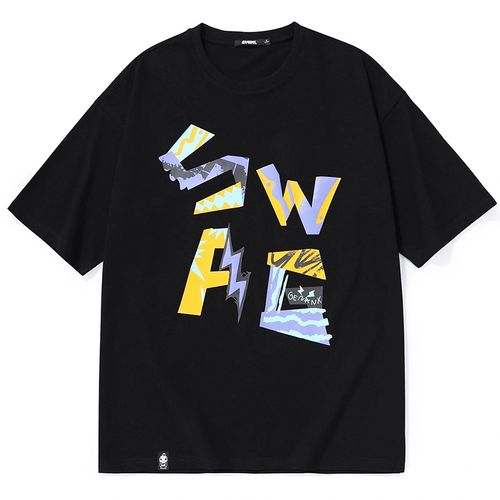In recent years, the apparel industry has experienced a series of changes and innovations. The following are the latest development trends of the apparel industry:
1. Sustainable development: With the increasing awareness of environmental protection, sustainable development has become an important focus of the clothing industry. More and more brands are adopting sustainable materials, promoting environmentally friendly production processes, and paying attention to supply chain transparency and fair trade. At the same time, consumer demand for sustainable fashion is also rising, and they are more inclined to purchase certified environmentally friendly products.
2. Digital transformation: The rapid development of the Internet and new technologies has brought about the digital transformation of the clothing industry. Virtual reality (VR) and augmented reality (AR) technologies make online shopping more real and convenient, and consumers can try on clothes through virtual fitting rooms. The application of artificial intelligence (AI) and big data analysis also provides more personalized shopping recommendations and customized services.
3. Fast fashion and slow fashion coexist: Fast fashion brands attract a large number of young consumers with their rapidly updated styles and low prices, but they also cause avoid resource waste and environmental problems. With the promotion of sustainable development, the concept of slow fashion is gaining more and more attention, focusing on quality, design and traditional craftsmanship. The coexistence of the two fashion models allows consumers to make choices based on their own needs.
4. Customization and personalization: Consumers’ pursuit of uniqueness and personalization prompts brands to provide customized services. Through personal measurement data and 3D printing technology, consumers can obtain tailor-made clothing. In addition, customization options such as printing, embroidery and patches are also widely used in clothing design to meet consumers’ needs for personalization.
5. Online and offline integration: The integration of online and offline channels has become a new trend in the clothing industry. Consumers can learn product information and purchase clothing through online channels, and can also try on and experience products in offline stores. The integration of online and offline not only provides more shopping convenience, but also creates a more comprehensive shopping experience.
6. Multiculturalism and inclusiveness: Multiculturalism and inclusiveness have become the mainstream values of the current society and are also reflected in the clothing industry. The push for diversity is being driven by more and more brands beginning to better represent and embrace people of all skin tones, body shapes and genders. This diverse attitude provides consumers with more choices and a sense of identity.
7. Health and comfort: As people pursue a healthy lifestyle, health and comfort have become important considerations in clothing design. Non-toxic, antibacterial, sunscreen and other functional fabrics are widely used, providing consumers with a more comfortable and safer wearing experience.
8. Social media influence: The influence of social media in the apparel industry continues to grow. Recommendations and matching by fashion bloggers, celebrities and internet celebrities bring huge brand exposure and sales opportunities. At the same time, consumers also obtain fashion trends and fashion information through social media, and participate in topic discussions and brand interactions.
The above are the current development trends of the clothing industry. With the advancement of technology and changes in social needs, the apparel industry will continue to evolve and innovate to adapt to changing consumer needs and market environments.







